Pyritized Ammonite Fossil
$65.00
1 in stock
| Pyritized Ammonite Fossil
60 - 500 million years old, ammonites are an extinct form of mollusk related to the octopus and chambered nautilus. Like the nautilus, it had a hard shell with a distinctive spiral pattern. Ammonites range in size from 1 mm to over 2 feet, and vary in the type of mineral replacement during fossilization. The name comes from its resemblance to a ram’s horn: in Egyptian mythology, the God Ammon looked like a man with horns like a ram. Ammonites are found in Canada, Europe, Madagascar, Peru, and Morocco. |
Additional information
| Weight | 2.1 oz |
|---|
Only logged in customers who have purchased this product may leave a review.

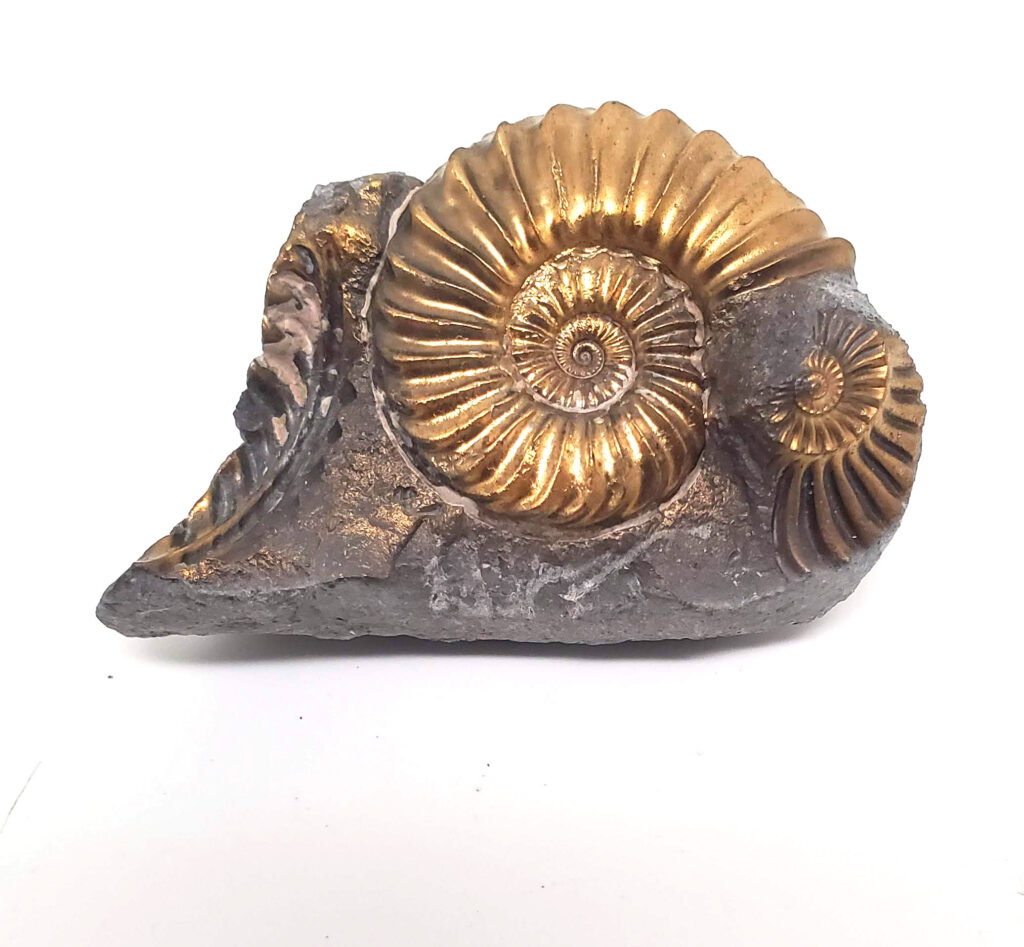
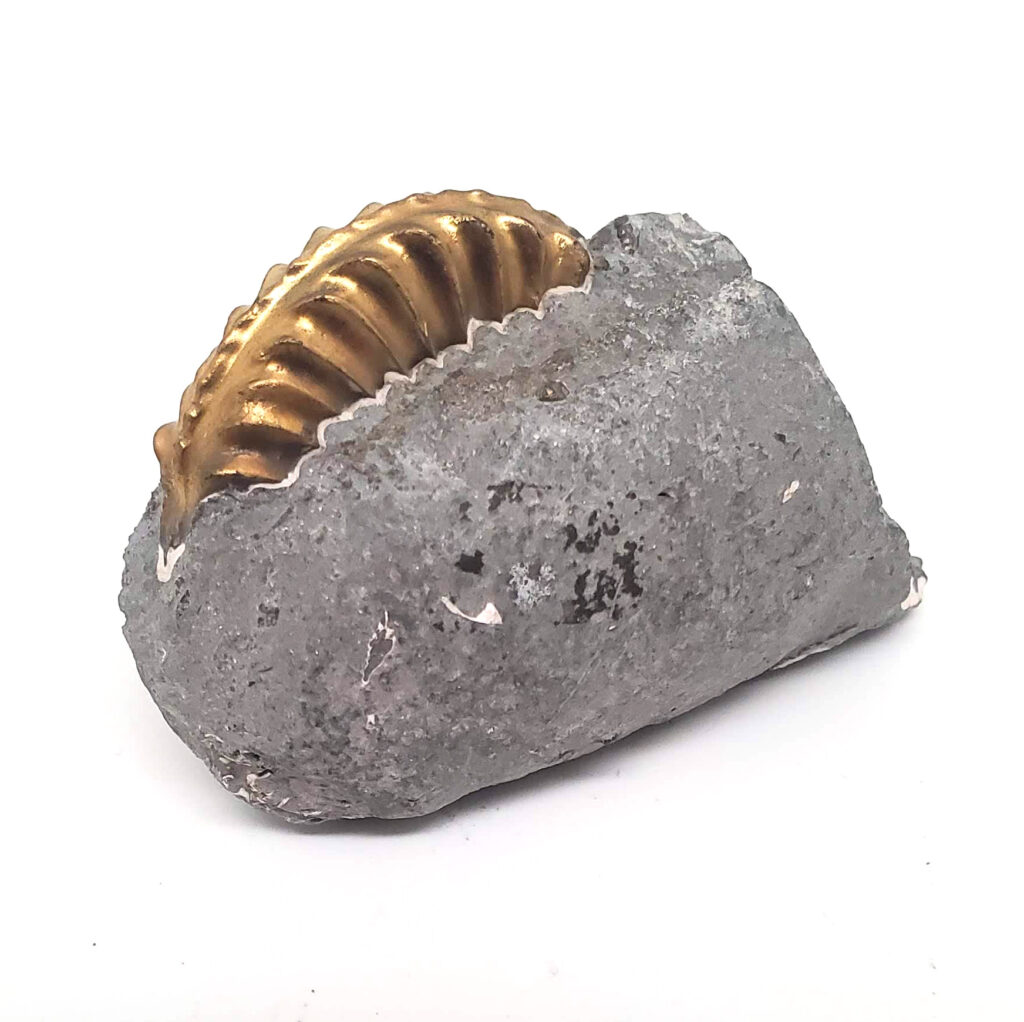
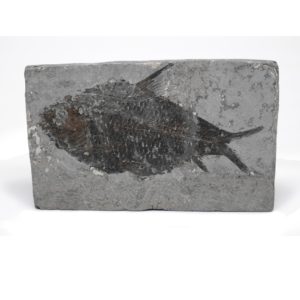
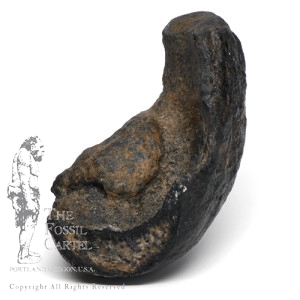
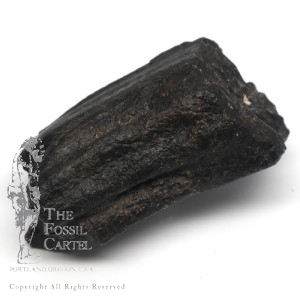
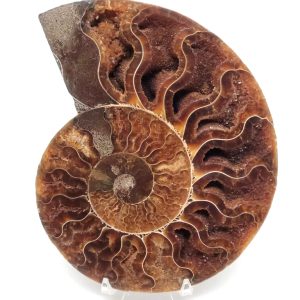
Reviews
There are no reviews yet.